 November 2018
How many people does it take to colonise an exoplanet?
November 2018
How many people does it take to colonise an exoplanet?
... the Astronomical Institute of the Czech Academy of Sciences in Prague. He specialises in radio astronomy and spent two years at the Arecibo radio telescope in Puerto Rico. His main scientific interest is galaxy evolution, particularly galaxies which...
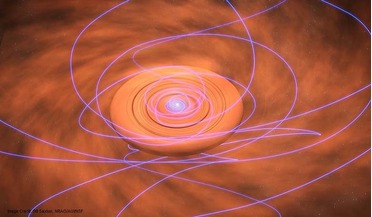 22 December 2015
Magnetic fields around protostar gives a new twist on star formation
22 December 2015
Magnetic fields around protostar gives a new twist on star formation
... onto the growing star. Using the National Science Foundation's Karl G. Jansky Very Large Array (VLA) radio telescope to produce images with unprecedented detail, a team of researchers have measured the polarisation (alignment...
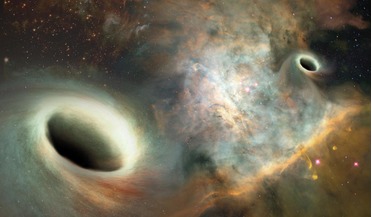 28 June 2017
The existence of orbiting supermassive black holes finally confirmed
28 June 2017
The existence of orbiting supermassive black holes finally confirmed
.... "It's a bit of a triumph in technology to have been able to do this." The Very Long Baseline Array (VLBA) is a system made up of 10 radio telescopes across the U.S. and operated in Socorro, New Mexico. Using the array, the team involved have been...
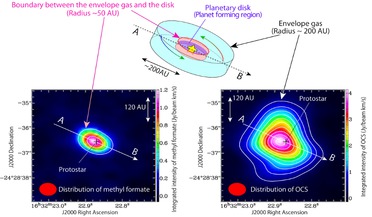 29 June 2016
Researchers detect interstellar organic materials being fed into a young planetary system
29 June 2016
Researchers detect interstellar organic materials being fed into a young planetary system
... of the molecular emission, the transition of these compounds from envelope to disc has evaded previous radio telescope observations. Now, with telescopes such as ALMA it has been possible to show these organic molecules being brought into the planet...
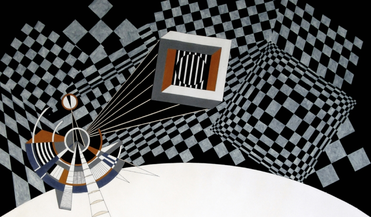 May 2018
Woman on the Moon
May 2018
Woman on the Moon
... smaller ‘Phases of the Moon’ all being created in 2012 and, later, a Lunar Habitat which ironically includes a radio telescope painted in 2013. These works are large and dramatic, using a limited palette of black, white, greys and...
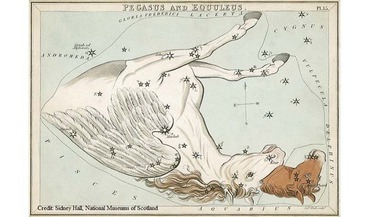 26 June 2015
From WASP-142b to supernovae: Tom Wagg’s planet and other discoveries by teenagers
26 June 2015
From WASP-142b to supernovae: Tom Wagg’s planet and other discoveries by teenagers
..., Hannah Mabry and Jessica Pal, two high school students in Kentucky, each found a pulsar after studying radio telescope data. Back in 2008, Caroline Moore, an amateur astronomer living in New York State, was just 14 when she...